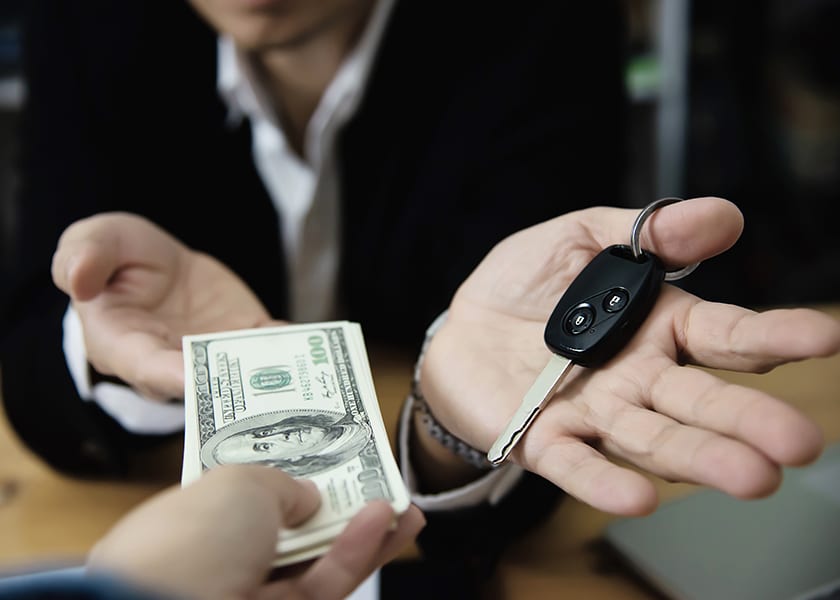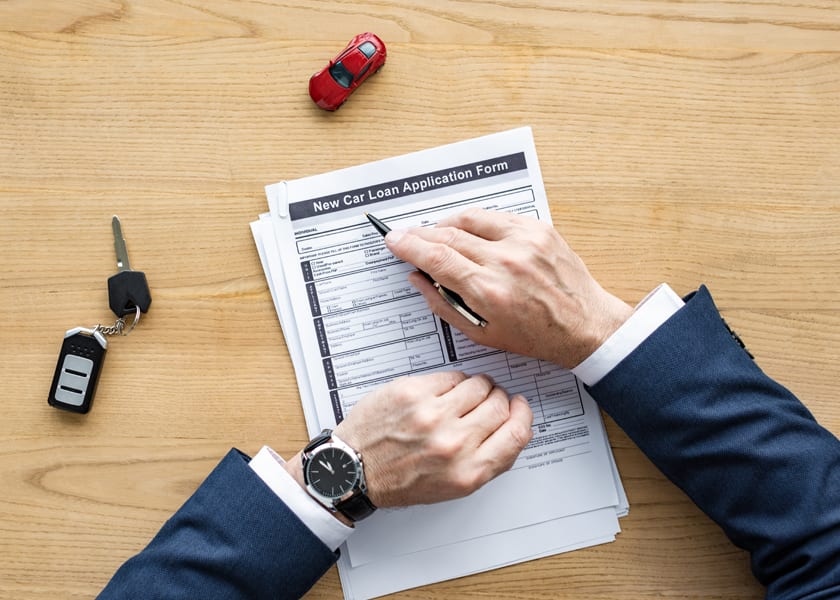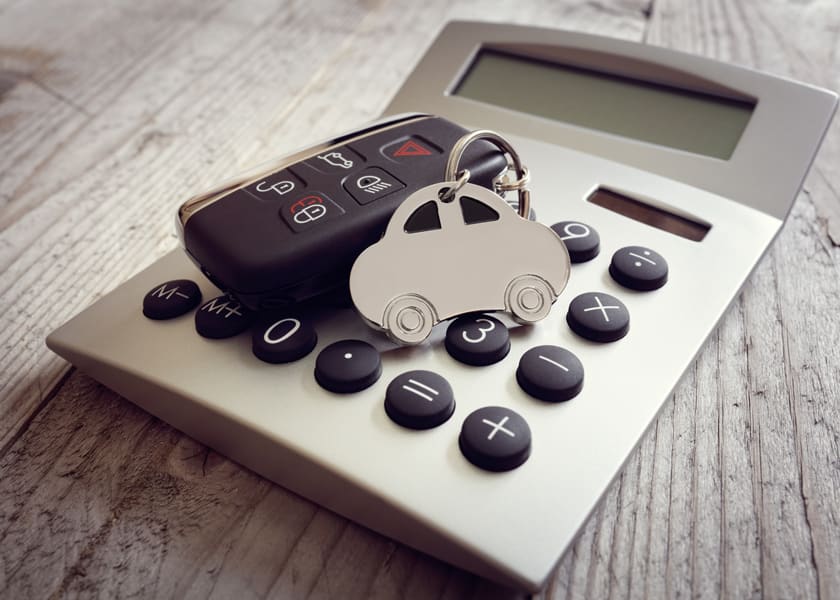Best Car Loan Provider
RateGenius 
Network of Over 150 Lenders
- APR's From 2.99%
- Loans Up To $100,000
- In Business Since 1999
- Average Savings $83/Month
Step 1: Define your needs. Don't just go with what's hot or what everybody has. If you have kids, buy an SUV. If you spend most of your driving time on the highway, don't worry about great gas mileage - focus on acceleration and ride quality instead. Make sure that whatever vehicle you choose is big enough for all your passengers and that the trunk has sufficient room for whatever cargo needs to go along on family trips or business errands.
Take some measurements before setting foot in a dealership so you know how large a vehicle you can comfortably fit into. You'll also want to consider the kind of fuel economy you need based on your commute and how far you intend to take your new wheels. Some people have a short daily commute and use their cars only for weekend trips so they don't care as much about gas mileage as someone whose car is his or her primary means of transportation.
Step 2: Develop a good idea of what you should pay for that car before going into the dealership. The Internet offers many excellent resources where you can see what other buyers have paid for the same car in your area, including dealers' own websites which list current dealer wholesale prices (not retail) - these prices are typically 15% lower than what a consumer would actually pay.
Many dealerships will negotiate with you based on their cost, not the sticker price - that's why it's important to know what other buyers are paying. You can also find out the dealer invoice price by calling up your local dealership and asking them what they paid for the car.
Step 3: Know how much loan you're qualified for before entering the finance office. Banks are not always as generous as they could be so don't short-change yourself by applying for a loan even though you might qualify for something better. You'll want to have all your paperwork in order ahead of time so you won't waste time at the dealership digging through your pockets or purse looking for stuff like your pay stubs, tax returns, bank statements etc.
Also, don't be intimidated by the finance manager. Unless you have bad credit or are buying an outrageously expensive car, he has less power than you might think - this is part of the dealer's profit margin which means that if they can't afford to drop their price low enough to sell at invoice cost they're not making any money on the sale regardless of how much financing you get. If financing terms are more favorable elsewhere it may be worth trading some extra cash for a better loan package.
Step 4: Don't mention trade-ins until everything else is settled. This is just another opportunity for dealers to make money and if there's even the slightest chance that you could get a better deal somewhere else - wait and see! Make them work for every penny they're going to make on you and let them know that you intend to go elsewhere if their offer doesn't suit your needs.
Step 5: Don't be intimidated by any of the numbers being thrown at you - more often than not these are just ballpark estimates until everything's finalized so don't get sucked into anything too quickly. Yes, it sucks but you can bet that more money is lost in this way than you might think. Always ask what the bottom line cost will be before signing any paperwork...if they don't have an answer for you, walk away.
Also, if financing terms are being discussed without a figure being attached - stand up and leave! They don't know either until all the numbers are crunched so you can't expect them to be able to give you a truly accurate estimate until the very last step of the process.
Step 6: Don't buy any unwanted add-ons, extended warranties or service plans - this is just another way for dealers to pull one over on unsuspecting buyers and it's not something that most people need. In fact, do your homework before going in and read up on what these things actually cover in order to avoid buying anything that isn't absolutely essential.
Most dealerships depend on clients feeling uncomfortable throughout the entire negotiation process and if you're thinking about throwing down money on some aftermarket item when they finally lower their sticker price drastically enough then you might as well write them a check right there and then because that's exactly what they're hoping you'll do.
Step 7: Know the type of vehicle you want before walking in to make it easier for yourself when dealing with pushy salesmen who are trying to sell you on every car in the lot - NOT what you're looking for. If they think that something else is better suited for your needs then by all means go ahead and take a look but if not then politely tell them that this isn't what you came in there to see.
Note: You can easily lose control of the negotiations when being rushed from one vehicle to another so DO YOUR RESEARCH! Know exactly how much you'll need for a down-payment, how much money will be left over after your loan, monthly expenses, etc.. and if you feel like the salesman is trying to pull one over on you then stand your ground and start this step all over again.
Step 8: Don't sign anything until you completely understand what it says. If you don't, ask questions before signing your name on any dotted line. A good rule of thumb is never signing until the final price has been set and then do it as quickly as possible because that's exactly when most dealers will attempt to slip something extra into the pile of papers in front of you - DON'T FALL FOR IT!
Step 9: Once everything has been finalized and all parties involved are happy with the sale, take a few minutes to make sure that nothing was left out or changed before taking ownership of the vehicle. Double-check the odometer reading, make sure you have all of your keys and manuals, find out how many miles per gallon you'll get with this car, and make a note of it.
If there are damages on the car that weren't noted beforehand, get them recorded on the bill of sale before leaving so you don't run into any problems when trying to sell it in the future. That's pretty much everything but if I think of anything else I'll be sure to update this guide in the near future so stay tuned!
Conclusion
If you're a first-time car buyer, this guide should help make the process easier and less stressful. Remember that it's okay to walk away if they don't have an answer for your questions or refuse to give you a bottom-line cost before signing anything.
Don't fall victim to pushy salesmen who want to sell you on every vehicle in the lot - know what type of car you need beforehand so that things go smoother from start to finish. Never sign any paperwork without completely understanding what it says and always double check all items before taking ownership of the vehicle. That's about everything but I'll be sure here for any updates as necessary!














